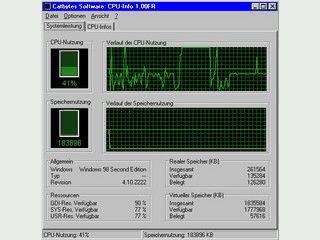
If using thatĮnvironment, the instructions below assume you are chrooted into thatĮnvironment and are working as the root user in the /root directory. Musl and gcc based environment, but the notes below have been specificallyĭeveloped and tested in the LightCube bootstrap environment. The following are notes and build instructions that have worked well forīuilding llvm against musl as of.

It also tends to assume thatĪ Linux environment will either be Glibc-based or Android. Nearly all C++ and the number of its dependencies. LLVM+Clang is a bit of a beast to build due to its size, the fact that it’s Rebuild llvm+clang against libcxx/libcxxabi.You can see that the scaling_cur_freq tunable is showing a slowdown in core # 1 & 2.A new libc striving to be fast, simple, lightweight, free, and correct Scaling_governor: ondemand ondemand ondemand ondemand When you run it you get the following output: $. NthCore=$(lscpu|grep node0|cut -d"-" -f2)įor i in /sys/devices/system/cpu/cpu0/cpufreq/_* do I put the following script together to show the CPU Cores column-wise so it would be easier to see what the various Kernel tunables looked like: #!/bin/bash For actual operational telemetry I'd use the scaling_* kernel tunables. This parameter has more to do with the specification of the CPU and which profile it's currently in, rather than anything useful with respect to how the CPU is currently operating.

More details are available in this article, titled: CPU frequency scaling in Linux with cpufreq. $ sudo cat /sys/devices/system/cpu/cpu0/cpufreq/cpuinfo_min_freq You can see the maximum & minimum CPU speeds available for your governor's profile: $ sudo cat /sys/devices/system/cpu/cpu0/cpufreq/cpuinfo_max_freq

You can either substitute in a * in the path to see all the cores or you can selectively see cpu1, etc. NOTE: The commands I'm showing only include the 1st cpu, cpu0. You can also see which one is currently active: $ cat /sys/devices/system/cpu/cpu0/cpufreq/scaling_governor You can see which ones are available with this command: $ cat /sys/devices/system/cpu/cpu0/cpufreq/scaling_available_governors The mode your system is in is called the scaling governor. NOTE: the number of cores that it has, NUMAS node0 CPU(s) is 4, i.e.

You can however see the absolute (max) speed with this command: $ lscpu On a multi-core system such as an i7 or i5 you can see this with this command: $ cat /proc/cpuinfo |grep MHz The line that shows cpu MHz doesn't show the maximum speed of your CPU. Specifically this line: model name : Intel(R) Core(TM) i5 CPU M 560 2.67GHz The absolute (max) CPU speed is being reported by this: $ cat /proc/cpuinfo The realtime speed of the CPU is reported by this: $ sudo cat /sys/devices/system/cpu/cpu*/cpufreq/scaling_cur_freq It's typically called CPU frequency scaling. Most CPU's now include the ability to adjust their speed to help in saving on battery/power usage.


 0 kommentar(er)
0 kommentar(er)
